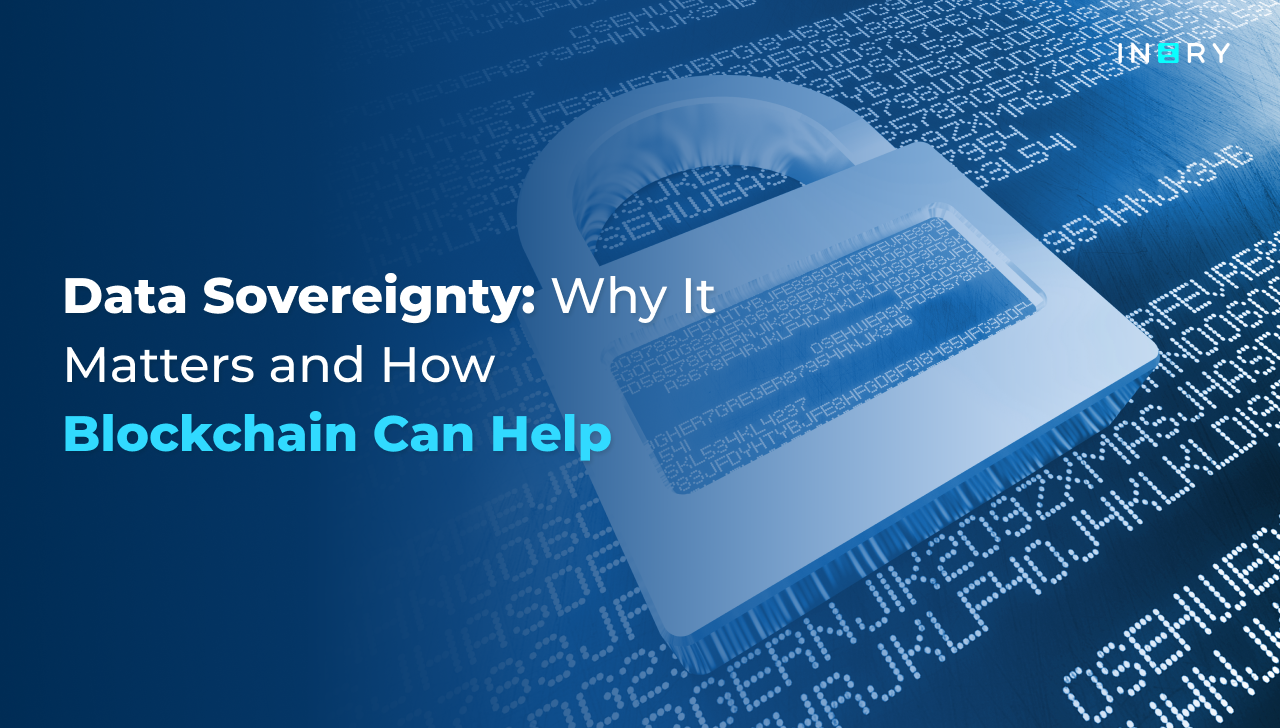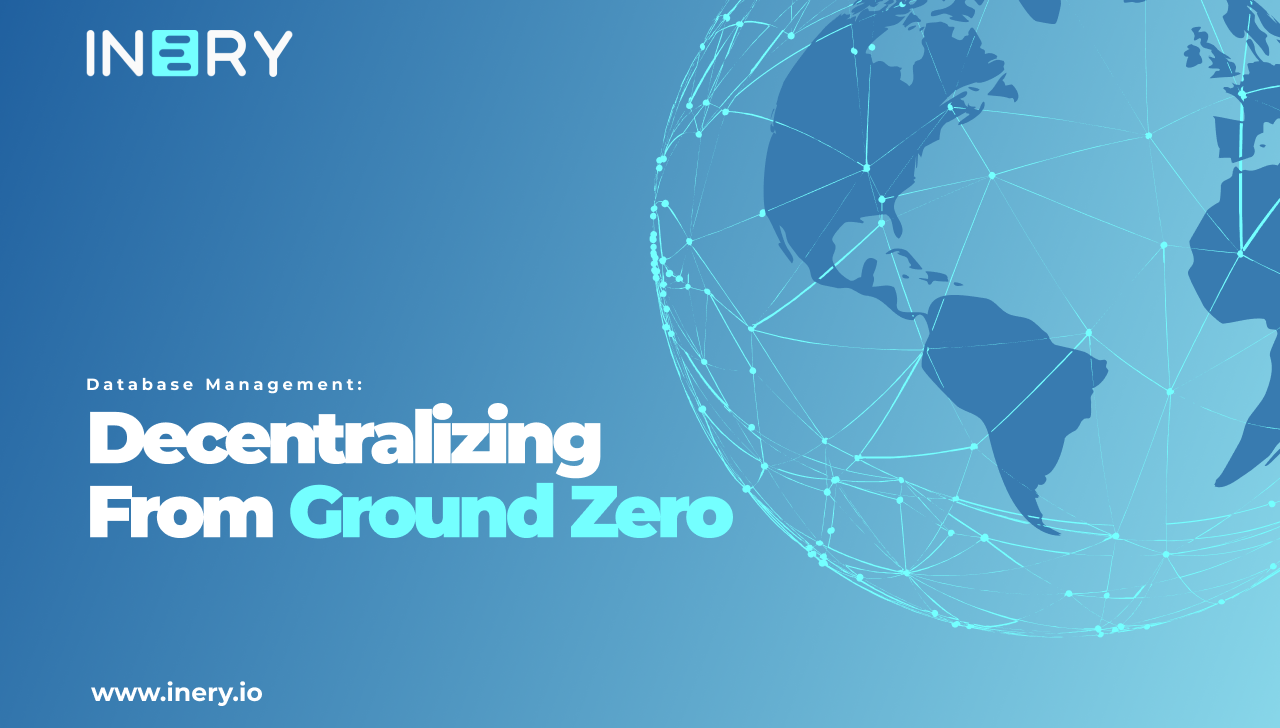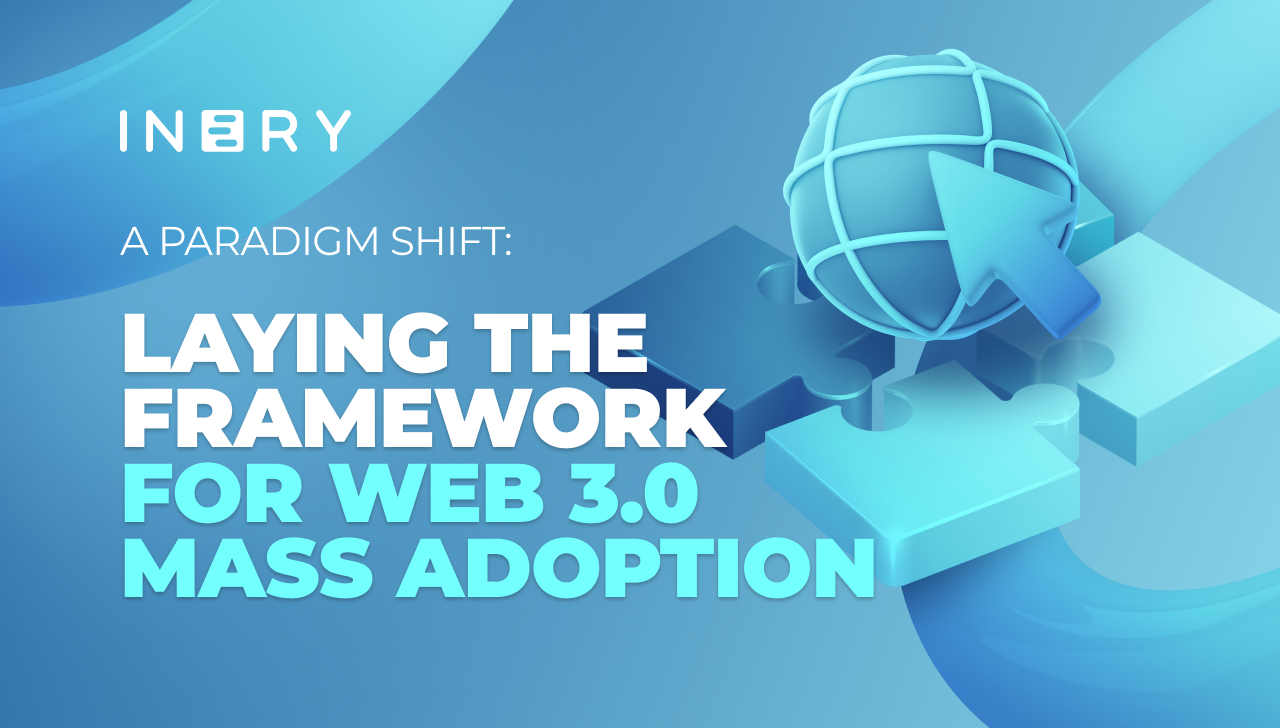Cybersecurity, as a whole, is undergoing a significant shift marked by an alarming surge in cyber threats. This trend, identified by Professor Madnick, is fueled by a strategic shift in cybercriminal tactics, specifically the increased reliance on secondary vendors.
In today's interconnected world, where organizations depend on an extensive network of vendors and software, hackers exploit vulnerabilities in third-party systems, gaining access to sensitive data stored by numerous interconnected entities.
Deeper Dive
This strategic reliance on secondary vendors sets off a cascading effect, with a staggering 98% of business and government groups having some form of association with a company that has fallen victim to cybercriminals in the past year. The scale of these attacks is nothing short of astonishing, with over 2.6 billion personal records succumbing to breaches in 2021 and 2022. A particularly alarming statistic reveals that 1 in 4 people had their health records exposed in the initial three quarters of 2023 alone.
Hospitals, in particular, find themselves in the crosshairs of these cyber threats, with ransomware attacks posing severe threats. These attacks not only limit access to patient records but also force healthcare providers to redirect patients to alternative facilities. The interconnected nature of today's digital landscape underscores the critical need for a cohesive and proactive approach to cybersecurity to safeguard sensitive data and ensure the resilience of interconnected systems.
IBM's Data Breach Report 2023
IBM's Data Breach Report 2023 reveals alarming trends in data security. The average cost of a data breach skyrocketed to $4.45 million, marking a 15% surge from 2020. This surge prompts 51% of organizations to ramp up cybersecurity spending this year. However, the financial industry experiences a different reality, with firms losing approximately $5.9 million per breach, 28% higher than the global average.
Diving deeper into the true cost for financial companies, it extends beyond monetary loss. Common threat vectors include malicious actors (48%), human error (33%), phishing (16%), and compromised credentials (15%). Successful attacks grant access to millions of records, with breaches of 50 million records costing over $300 million on average.
Despite these challenges, finance organizations excel in detecting and containing breaches. Globally, companies take 204 days to identify and 73 days to contain breaches. In the financial sector, breaches are identified in 177 days and contained in 56 days on average.
How To Protect Yourself
As we confront the escalating surge in cyber threats, the report offers strategic measures to mitigate risks and fortify our digital defenses. It strongly advocates for a reevaluation of data collection practices by companies, placing a significant emphasis on the imperative need for encryption, especially when handling user data. Furthermore, the report highlights the pivotal role of the widespread adoption of end-to-end encryption tools as a proactive defense mechanism against unauthorized access.
In an era dominated by generative AI, which has streamlined phishing and ransomware attacks, the responsibility for cybersecurity extends beyond corporations to individual users. Adhering to timeless rules, such as scrutinizing emails, text messages, and phone calls from unknown sources, remains paramount. Recognizing the human element as a linchpin in cybersecurity, vigilance, and awareness stands as our first line of defense.
To fortify our data against evolving cyber threats, consider implementing the following security measures:
Enhance Data Encryption: Strengthen your data protection by implementing robust encryption protocols, especially for sensitive user information. Encryption adds an additional layer of security, making it challenging for unauthorized parties to access and exploit data.
Adopt End-to-End Encryption Tools: Embrace end-to-end encryption tools across communication platforms to safeguard sensitive information from interception during transmission. These tools ensure that only the intended recipient can decrypt and access the communicated data.
Employee Training Programs: Invest in comprehensive training programs to educate employees about the latest cybersecurity threats, phishing techniques, and the importance of adhering to security protocols. A well-informed workforce is better equipped to identify and mitigate potential risks.
IneryDB Integration: Explore the integration of IneryDB, a decentralized database management system, to enhance data security and resilience. Leveraging decentralized databases can mitigate the risk of single points of failure and unauthorized access, contributing to a more robust cybersecurity infrastructure.
Regular Security Audits: Conduct regular security audits to identify vulnerabilities in your systems. Addressing these weaknesses proactively can prevent potential breaches and fortify your overall cybersecurity posture.
Multi-Factor Authentication (MFA): Implement MFA to add an extra layer of protection to user accounts. This requires users to provide multiple forms of identification, reducing the risk of unauthorized access, even if login credentials are compromised.
Conclusion
The revelation of the escalating frequency of cyberattacks in 2023 serves as a clarion call for a collective and proactive response. As technology advances, so do the strategies of malicious actors. It is incumbent upon individuals, organizations, and the broader digital community to stay informed, adapt, and fortify our defenses in this unending battle against evolving cyber threats.
For the everyday user, including both yourself and me, it's crucial to stick to the tried-and-true principles of online safety. Be discerning when it comes to emails, text messages, or calls from unfamiliar sources. If an email urges you to log into your accounts on major platforms like Amazon, Netflix, Apple, Google, or Microsoft, avoid clicking any links in the message. Instead, take the safer route by accessing your account directly through the official websites of these companies.

Inery•
1 month ago
Data Sovereignty: Why It Matters and How Blockchain Can Help
Explore the profound impact of data sovereignty on privacy, security, and global data governance, and discover how blockchain technology offers innovative solutions to these challenges. ...READ MORE

Share

Inery•
2 months ago
Exploring the Potential of Blockchain in Voting Systems
Explore how blockchain technology could revolutionize voting systems, enhancing transparency and accessibility. Discover Inery's approach to tackling the current challenges faced by electoral systems. ...READ MORE

Share

Inery•
2 years ago
Database Management: Decentralizing From Ground Zero
Inery’s efforts to build a layer-1 blockchain to offer decentralized database management. ...READ MORE

Share

Inery•
2 years ago
A Paradigm Shift: Laying the Framework for Web 3.0 Mass Adoption
A Paradigm Shift: Laying the Framework for Web 3.0 Mass Adoption Making web 3.0 accessible and intuitive to the users without sacrificing security or performance. ...READ MORE

Share
Most popular today

-1703751931.png)

